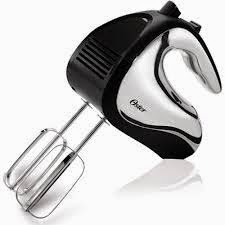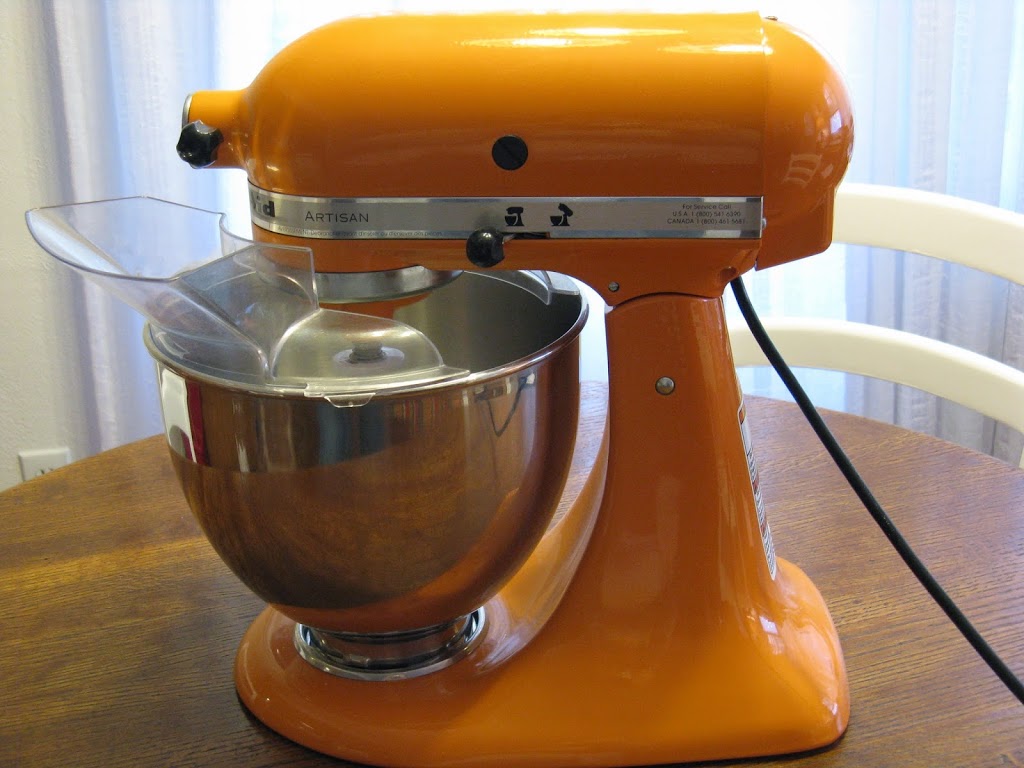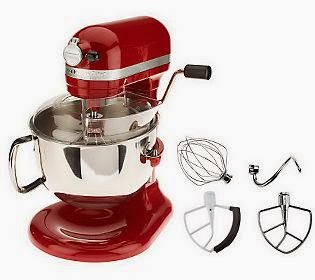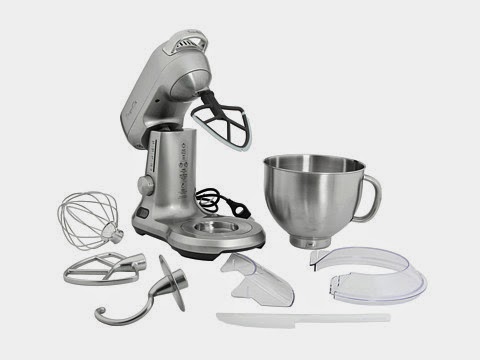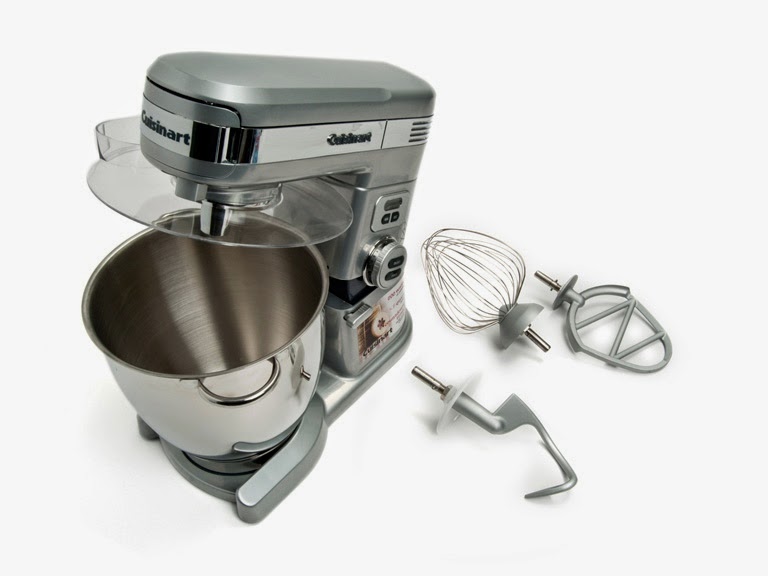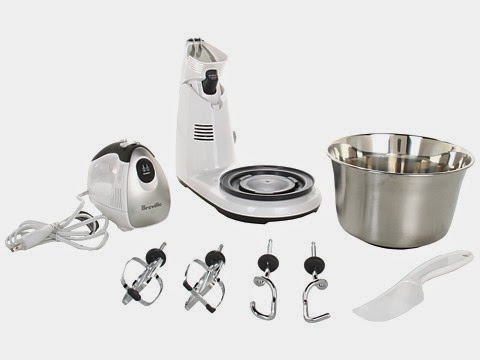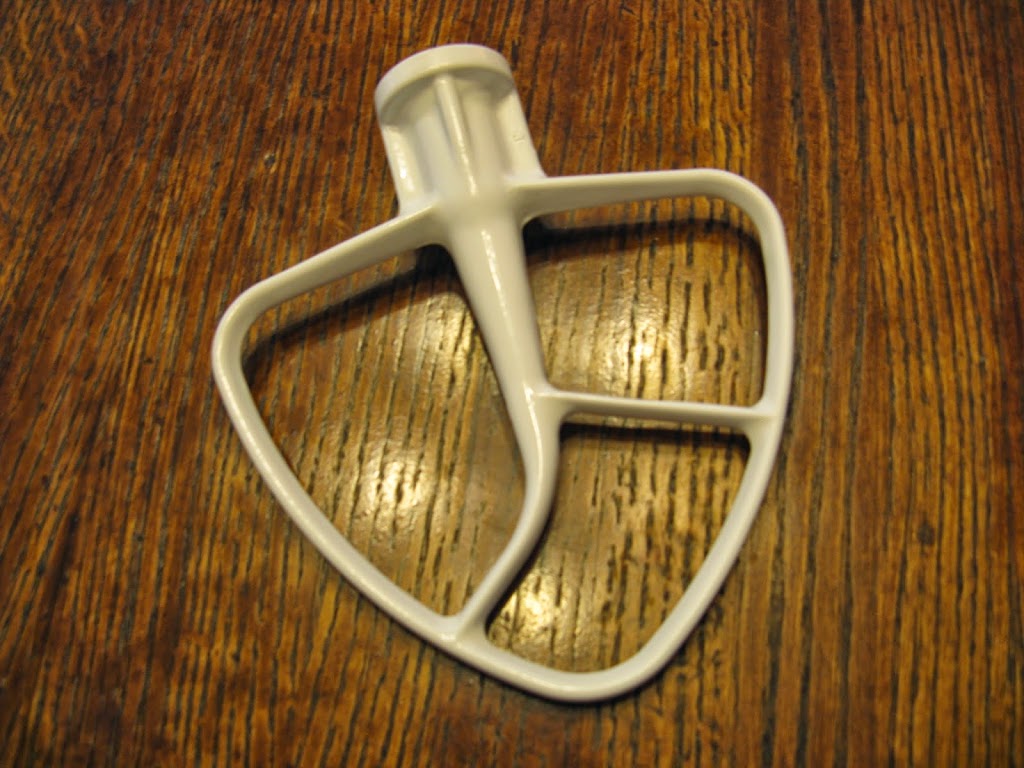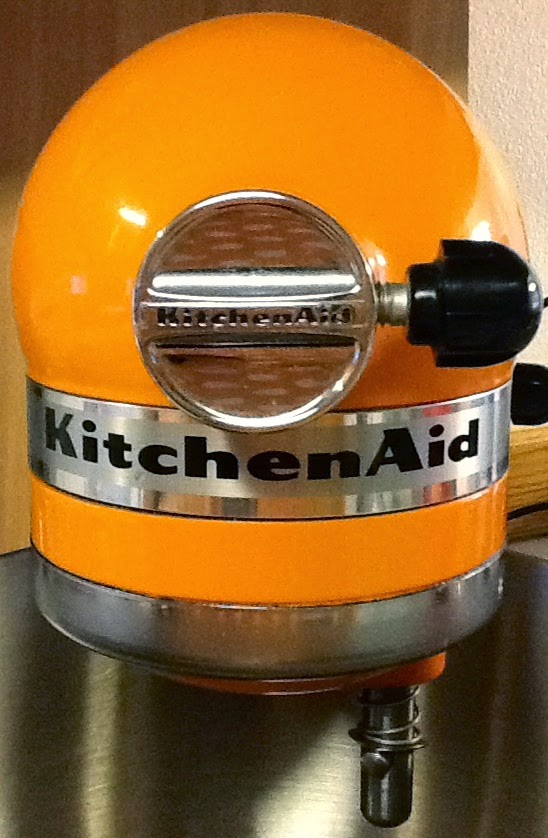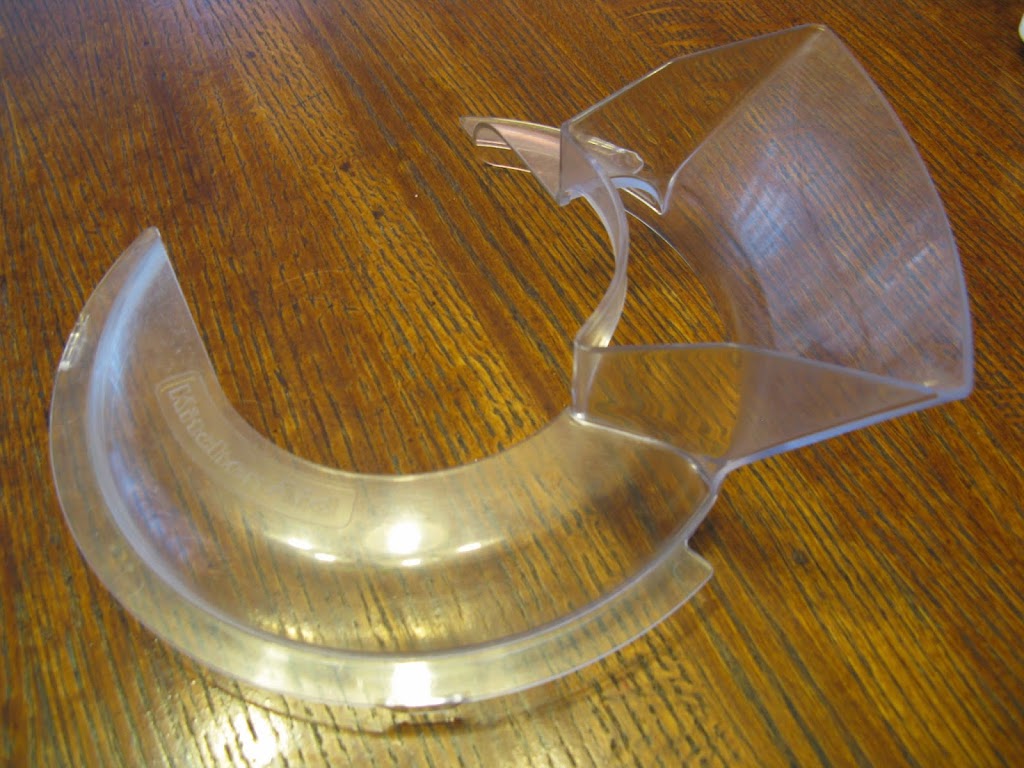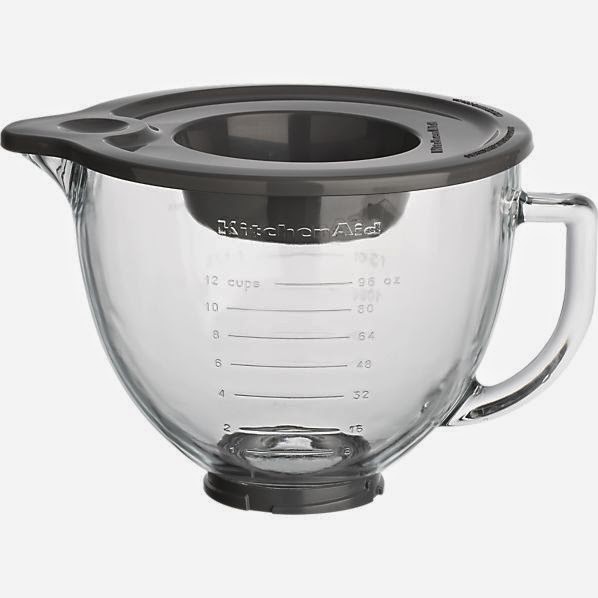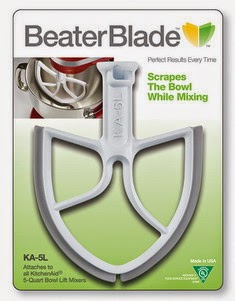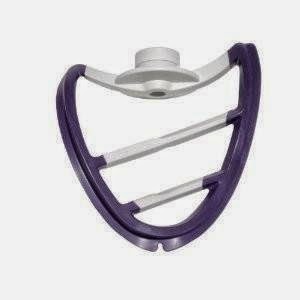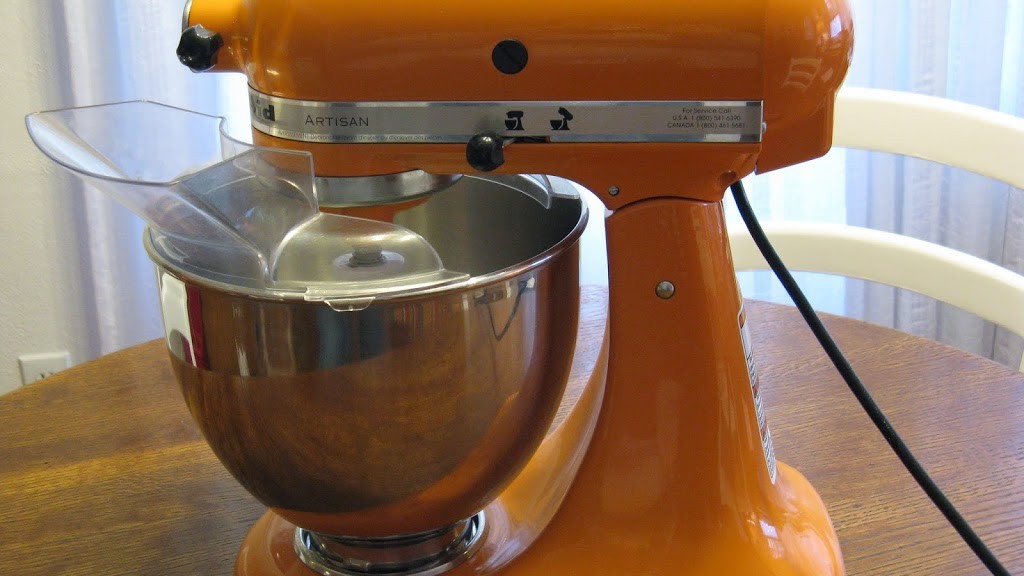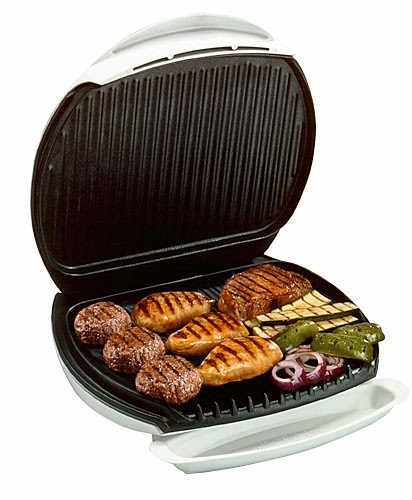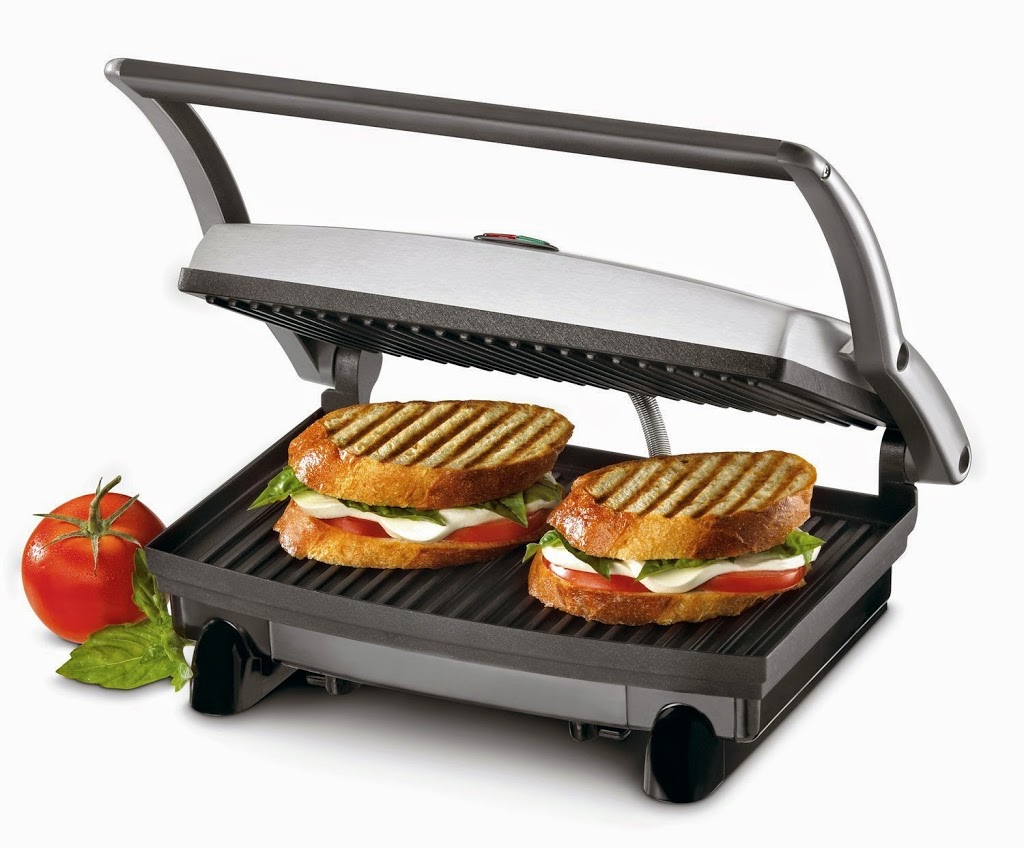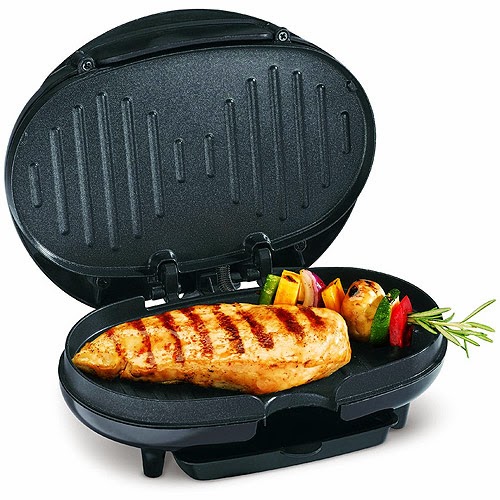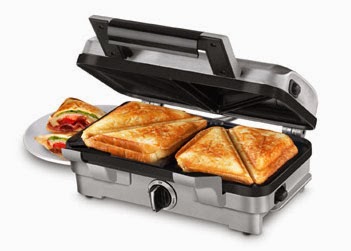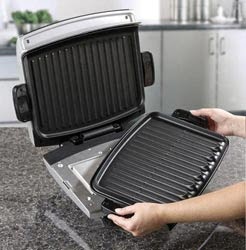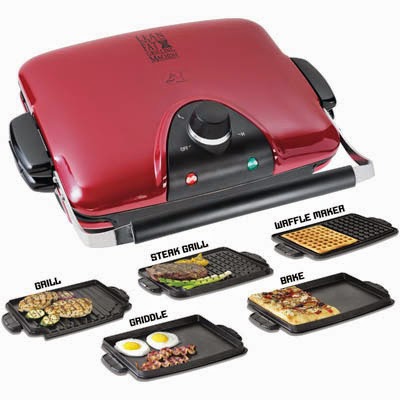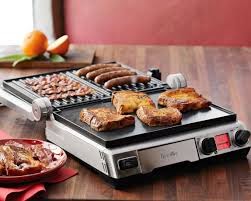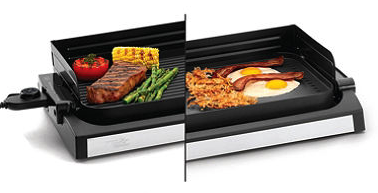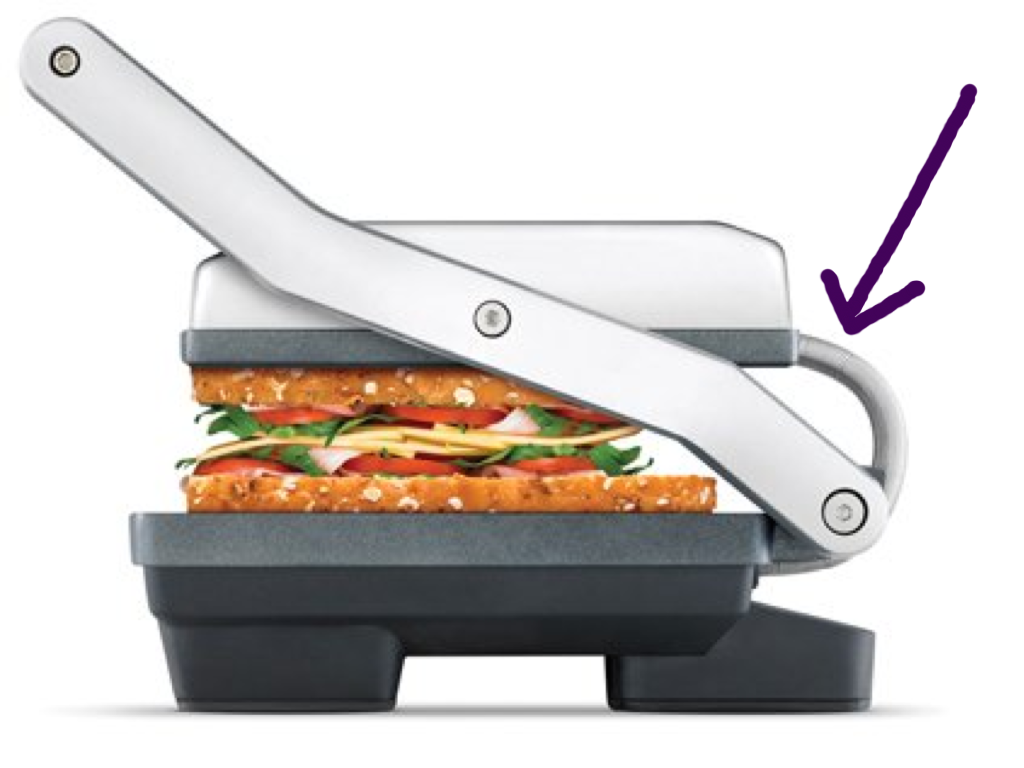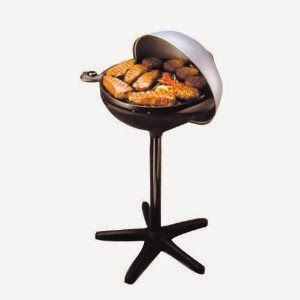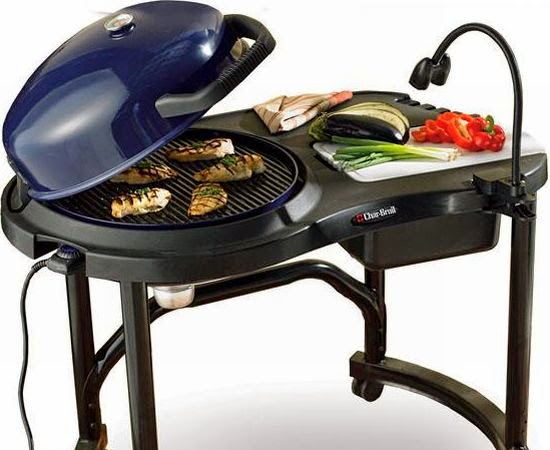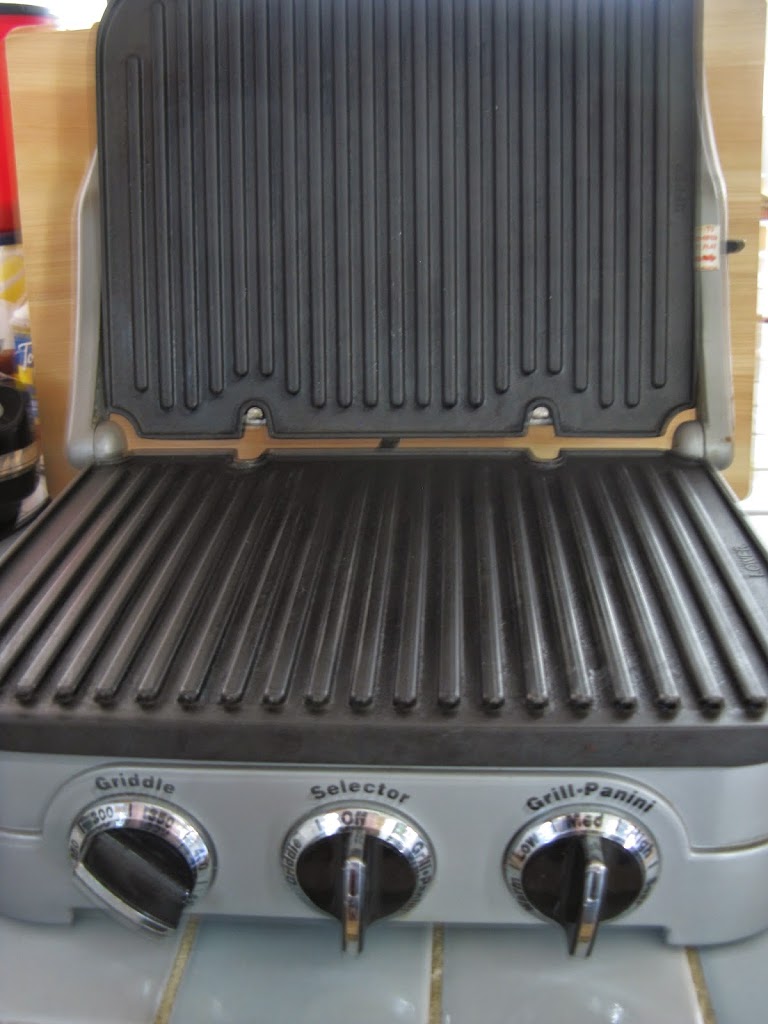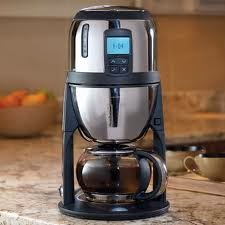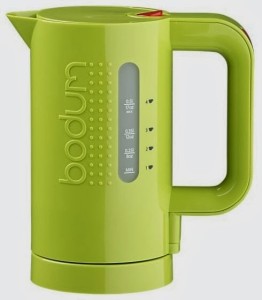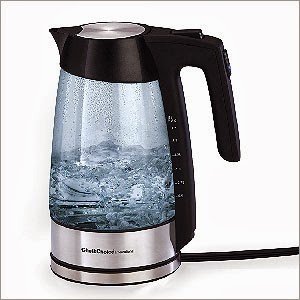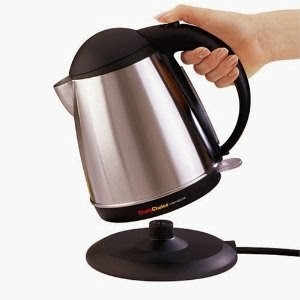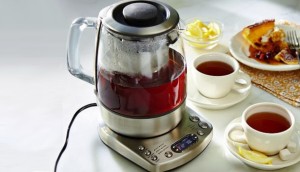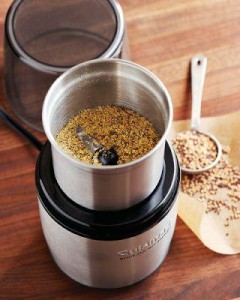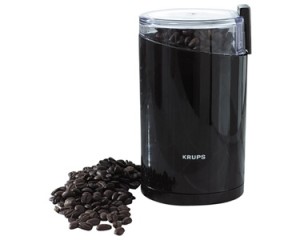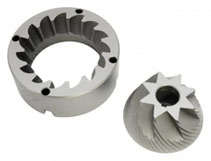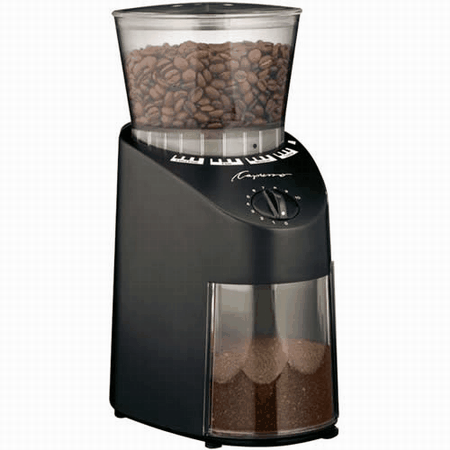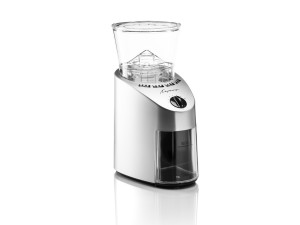Juicing in and of itself can be daunting to those who are new to it, let alone the part where you have to pick out a new appliance to accomplish all the cool new things you want to try to do. My first recommendation would be to find some books on the topic that interest you to see if there’s a particular trend in the type of appliance the authors are recommending. I would also make a list of things you intend to juice that you think might be awkward in just a regular
blender, that way you can ask your salesperson qualifying questions about all the machines you might encounter to find the best fit for your individual needs.
Do NOT get suckered into whatever your friends tell you is the new best hot thing, unless your friend has been using said item for a number of years heavily and you trust their opinion. 😉 Fads come and go – these machines cost a lot of money! They will last forever if you get the right one that works for you.
As with anything, look at the type of warranty they offer and look at both positive and negative reviews to see if their customer service is reputable in case you have an issue. These machines are expensive and should last you many years if treated properly!!
Question 1 – Do you want to juice wheatgrass or other leafy greens?
Ok, you’ve decided it’s time to take a step up from your regular blender. You hear about how amazing the
VitaMix is, but then there’s all these juicers, too, what’s the difference?
A VitaMix is still a blender, while an extremely powerful blender, everything you put into it pours out into your glass to drink, so if you want to add wheatgrass, you’re going to have some issues. I did find some tricks to extract the juice from the wheatgrass without a juicer, but it seems like a lot of extra work to me, personally.
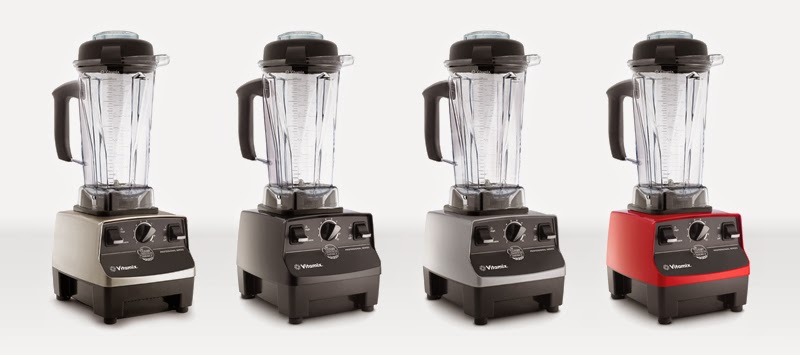 |
| VitaMix Professional Series blenders |
If you don’t care about greens, then a VitaMix might be all you need. You can do all sorts of awesome things in the VitaMix like make your own nut butters, confectionary sugars, etc. so it’s a great addition to your home if you want to make more of your own pantry staples as well as juices and smoothies.
One last thing to remember is that blending your fruits and vegetables adds more oxygen (and with the VitaMix, possibly heat) which in turn reduces the amount of nutrients you are actually extracting from them.
(Don’t worry, I will cover the VitaMix and blenders in more detail in another blog post! This is just to help you figure out super-blender vs. juicer.)
Question 2 – What’s the difference between the types of juicers? (Or, as one friend said, “There’s more than one type of juicer?!?”)
Alright, so you do need to step into juicer land. But there are so many!! At least with the blenders, you know VitaMix is the next step up and that’s it! (Ok, that’s not really it, there’s a bazillion different VitaMix models and now the Ninja with their bazillion different models, too…another time!) But juicers…where to begin?!
The main difference between any juicer on the market is whether it is centrifugal, masticating, or triturating. What???
Centrifugal —> Masticating —> Triturating in this order is equal to:
Cost – lowest to highest
Nutrients extracted – lowest to highest
Speed – fastest to slowest
Foam produced – most to least
Noise – most to least
Assembly – easy to complex
Weight – light to heavy
Versatility – least to most
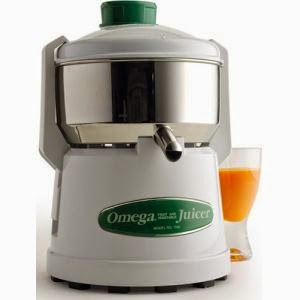 |
| Omega centrifugal juicer |
Centrifugal Juicers
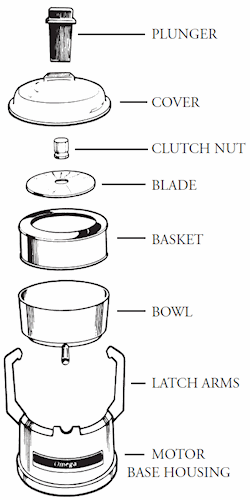 |
| Omega centrifugal juicer parts |
Did you ever get to use a
centrifuge in science class or see them use it on the TV shows when they are looking at blood samples? It’s a spinny-thing. 😉 It spins around really fast and separates substances of different densities, so with blood, you can tell what percentage of red blood cells are in it. It uses “
centrifugal force”, thus its name. So, from this we can deduce a centrifugal juicer must spin around, yes? 🙂 On a juicer, it is basically a metal drum that has teeth inside of it to help rip the pulp to extract the juice.
These are the least expensive of the various juicer models and don’t have a lot of parts. Because they spin so fast, a lot of foam is produced. You also don’t retain a lot of the nutrients from what you’re juicing, so it’s recommended to drink the juice immediately after juicing to reap the benefits. The amount of juice extracted from the fruit and vegetables will also be lower than with the other styles, and they also aren’t as effective with wheatgrass or other leafy vegetables.
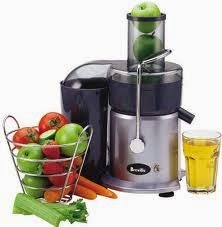 |
| Breville Juice Fountain |
I personally think they are kind of messy to clean up because you have to get all the pulp out of the interior. I know the
Omega brand centrifugal juicer has the option of purchasing filters to make cleanup easier, but even using those I still found it to be quite messy. The
Breville Juice Fountain comes with a pulp container, but I would assume the interior still needs to be cleaned like the Omega. However, I don’t have experience with this! It just makes sense as to how they work; the Breville obviously just pushes most of the pulp into another receptacle after tearing it apart in the centrifugal portion. The Juice Fountain does claim to extract more nutrients because its design reduces contact in the centrifugal piece, which is where the oxygen is coming into play.
Jack LaLanne’s Power Juicer is a centrifugal style juicer. It has a really large feed chute, which is really all that I can tell that sets it apart from other centrifugal juicers. There are different models, some of which have similar features to the Breville Juice Fountain. Remember that you do still need to take large, hard pits out of fruits, so you might still have to do a little prep work despite its large feed tube. I had a roommate who really loved these, but mentioned that she often had to replace parts on it, yet she still swore by them. She found the machines and/or their parts at Goodwill frequently and purchased them anytime she found them so that she’d have the spare parts! That doesn’t scream endurance to me, but obviously she liked it.
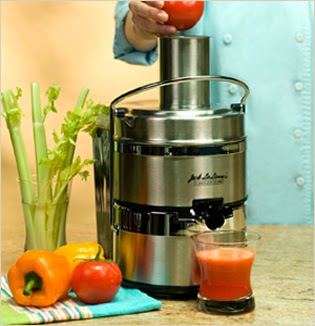 |
| Jack LaLanne Power Juicer Pro |
Masticating Juicers
Masticating style juicers are what most serious juicers are probably going to own, or wish they owned, at least. These folks are more into their wheatgrass and greens and extracting more nutrients out of what they are juicing, as well. Why does that word sound familiar?
Masticate. Ah – Chewing! Crushing food by grinding. And they do utilize an auger, just like a food grinder. Crazy! They actually make these in horizontal and upright styles, and each can do different things.
 |
| Omega Vert juicer |
I am going to assume the mindset of folks owning these is similar to my own, which is that all serious electric juicers are expensive, so you might as well get the one that pulls more nutrients out of the produce you’re spending all that money on, while not completely breaking the bank on the even more expensive triturating style juicer. While these do have more parts than a centrifugal juicer, I personally find clean up to be much more simple because very little fruit remains on the individual parts and they are also small and easy to rinse under the faucet.
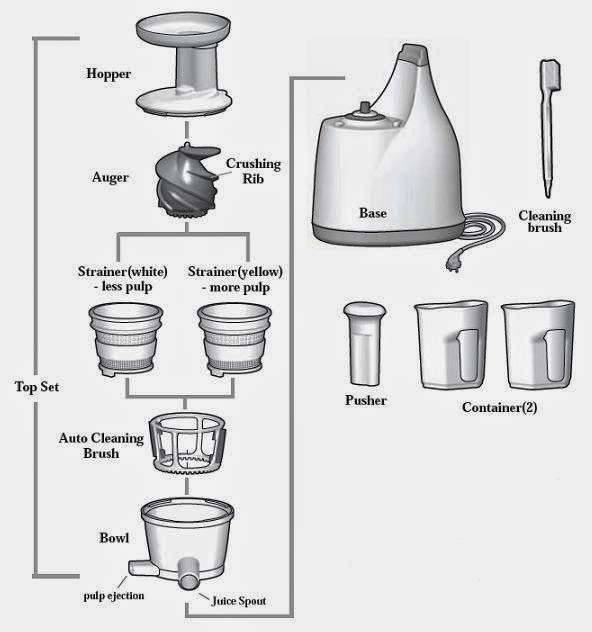 |
| Omega Vert juicer parts |
Omega’s
Vert Juicer has a pulp ejection container as well as the juice container, so that makes it easier if you want to use the pulp – and there ARE ways to utilize your pulp afterwards! (Google, people!) I think this juicer is just extremely fun to use and really simple, so it’s my personal favorite. You literally just shove fruit and veggies into the top and it does its thing and plops the juice into one container and the pulp in another. Voila!
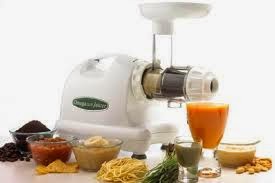 |
| Omega Nutrition Center |
The Omega
Nutrition Center Juicer is their original masticating juicer, and it’s pretty simple to use, too, but since it can do so many more things besides juice, there are a lot more interchangeable parts. This machine is horizontal (Vert is…you guessed it, vertical!) and can also extrude pasta and soy milk, grind and mince coffee and herbs, make baby food, nut butters and frozen desserts. So this is obviously an amazing choice if you need the machine to do a little bit more of what you might want to do in a blender and makes this more of a comparison to a VitaMix than the other juicers. This machine doesn’t necessarily come with containers to catch the juice and the pulp (there is one small container with a sieve piece to help filter your juice more afterwards if it’s still pulpy); the juice comes out of the bottom of the “drum” and the pulp or anything else you make with the machine comes out of the front end of the “drum cap”.
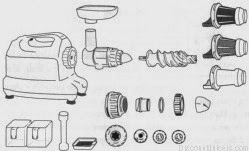 |
| Nutrition Center parts (similar pieces are interchangeable) |
Omega seem to be consistently rated the top juicers in the ‘masticating’ category on most juicing sites I have discovered, and I honestly never had any customer complaints or returns with their machines, so I would definitely highly recommend Omega. However, there are other brands!
The
Breville Juice Fountain Crush just came out in 2013 so there aren’t a lot of reviews available yet, but their centrifugal Juice Fountain is so highly regarded, I am sure this is going to be a really good model to try. Other brands that seem relatively popular include
Hurom,
Kuvings,
Champion, &
Big Boss.
Krups has also just come out with a masticating juicer, too.
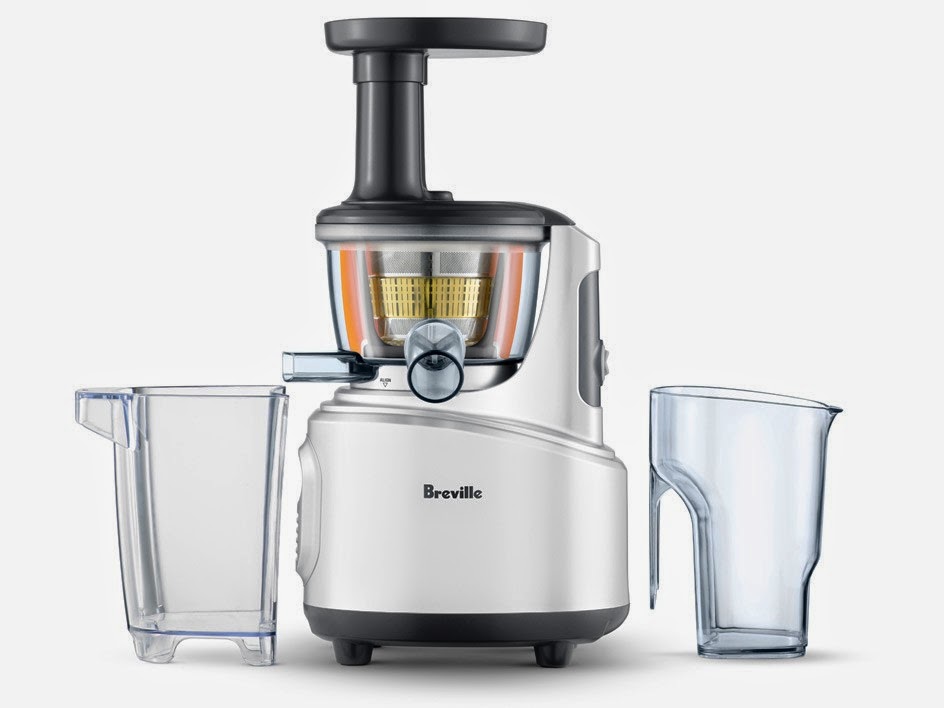 |
| Breville Juice Fountain Crush |
Triturating Juicers
Trituration is the act of grinding, like with powders in a mortar and pestle. Triturating juicers are the most expensive on the market and I have no experience with them at all, unfortunately. This type of juicer will extract the most juice of all the options because it uses very powerful twin gears that crush almost anything you put into them dry.
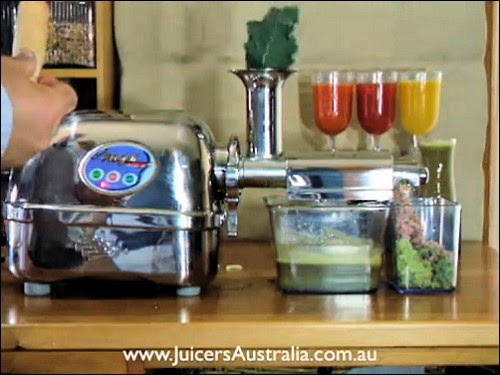 |
| Angel juicer |
Since triturating machines grind and crush, you can also use them as a food mill. They work rather slowly in order to keep the oxygen out and retain the nutrients, but because of this are virtually silent when operating. Very little foam is produced using this method and of course wheatgrass and greens are great in them. They can even crush harder fruits like guava, and also crushes seeds to extract their juices, too! (Be cautious – some pits can have poisonous effects and are not recommended to be eaten so know your pits and seeds!) Triturating juicers are of course very large and heavy, so storage space and having to move it around frequently might be a concern.
I would say these machines are for people who definitely have the money and the space, and to spend this kind of money on a juicer you are probably extremely serious and juice several times a day, or really just have a lot of money to spend on stuff you don’t need! 😛
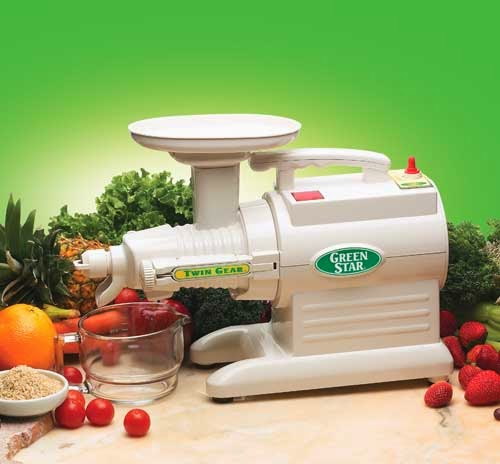 |
| Green Star juicer |
The only two brands I can really seem to find, but both seem very highly recommended on juicing sites are
Green Star & Green Power Juicers and
Angel Juicers. Green Star & Green Power were the mostly widely recognized name and several models seemed to be recommended across several sites.
Wheatgrass Juicers
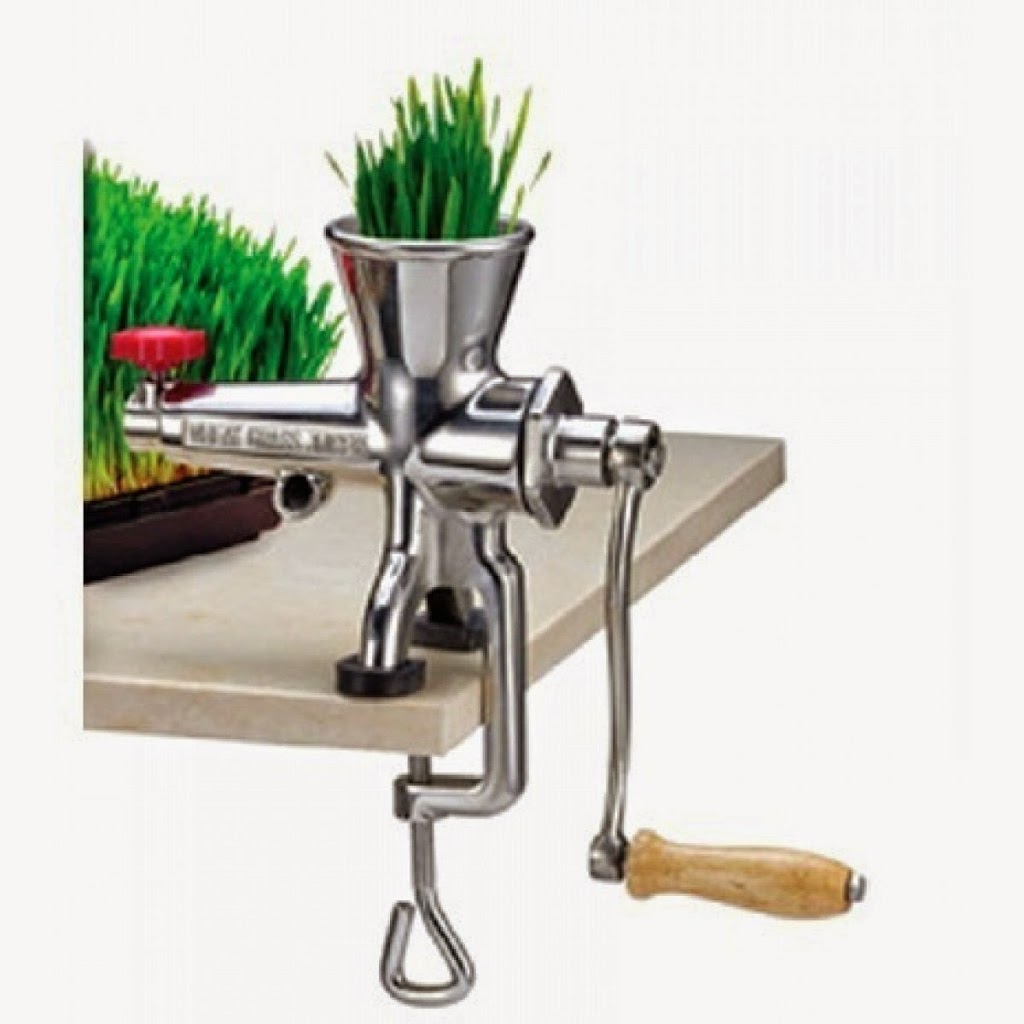 |
| Weston manual wheatgrass juicer |
You can get both
manual and electric wheatgrass-only juicers. I’ve never actually utilized one of these. The
Miracle brand seems to have a few electric wheatgrass juicer models that can also handle other leafy greens, soft fruits and berries, but normally these machines are only for wheatgrass.
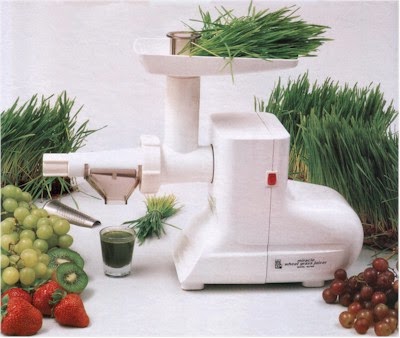 |
| Miracle electric wheatgrass juicer |
Electric Citrus Juicers
Just to add clarification, there are a lot of juicers made by all the brand names you are used to seeing on your other kitchen appliances. Most of these look very similar to a countertop glass or ceramic citrus juicer on the top, and that’s because that’s the only thing they can juice are citrus fruits. These are great for people who just like to make their own fresh orange juice or have a home bar and like to squeeze fresh citrus juice quickly and easily. Or, a summertime lemonade stand! 🙂
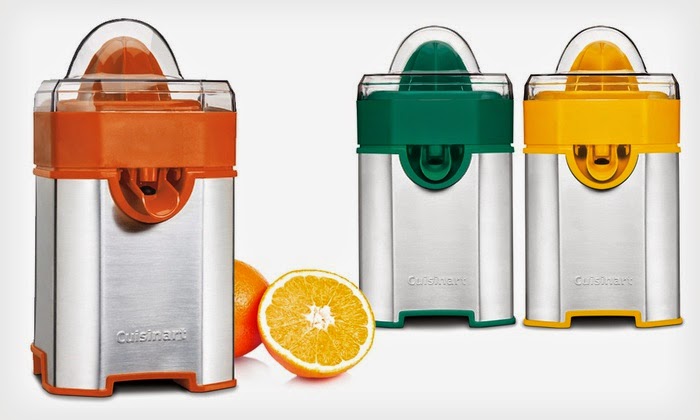 |
| Cuisinart electric citrus juicers |
I have always had good luck with the
Cuisinart juicer, and a lot of customers were excited when
Bodum released theirs because it has two speeds, although it doesn’t look like Bodum is marketing the juicer anymore so perhaps production has stopped. There are still a lot of places to purchase it online and the price doesn’t look any lower, haha!
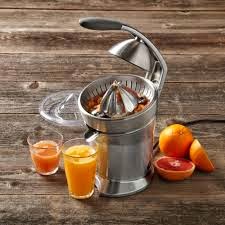 |
| Breville citrus juicer |
Manual Citrus Juicers
We might as well round it out with the classics since we’ve talked about EVERYTHING else! We’re almost done, I promise!
You’ve got your basic glass or ceramic citrus juicer that’s kind of like a dish. Pretty much all stores sell the same brands from the same distributors like
Harold Import Co.
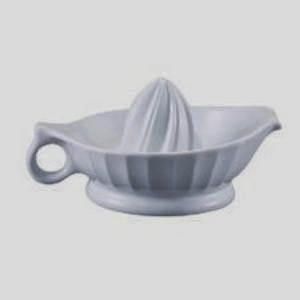 |
| Ceramic countertop citrus juicer |
Brands like Chef’n and
Prepara have gadgetized that classic idea with storage and measuring devices for the juice to fall into. I really like the
Chef’n Juicester because of the measuring piece – it even has small measurement markings. Cleverly, I must say, you can just tilt the Juicester to the small measurement side to see how many teaspoons you’ve got! (The
Juicester XL does NOT have the measurements, presumably because you want a lot of juice, not a little!)
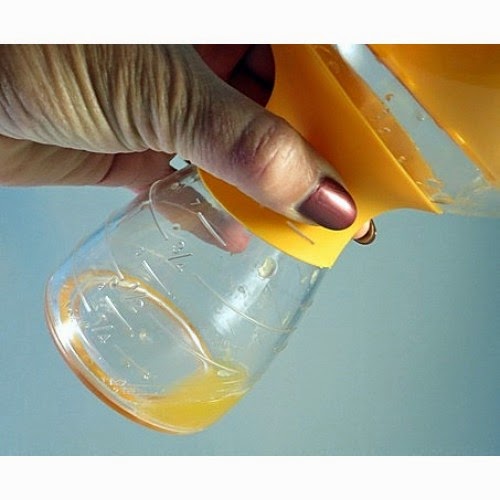 |
| Chef’N Juicester measuring teaspoons! |
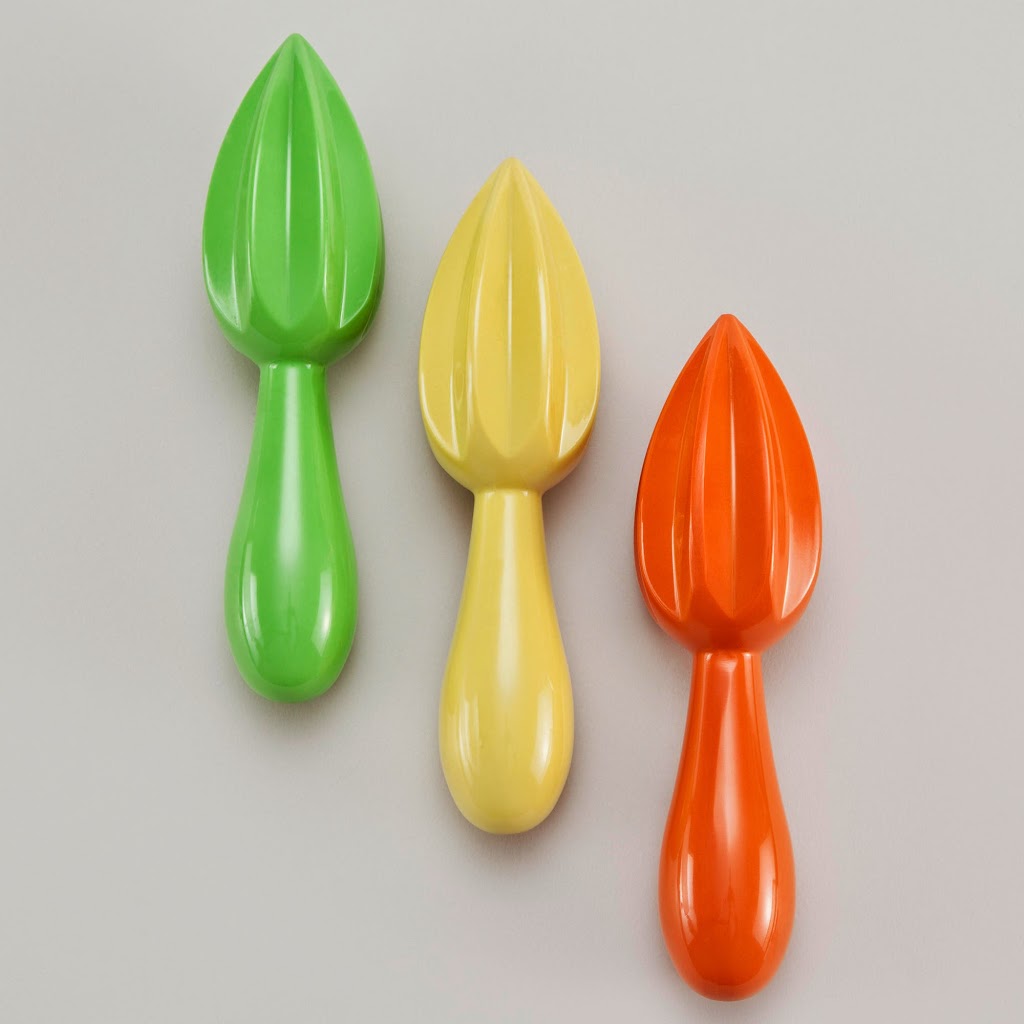 |
| Zak! melamine citrus reamers |
Hand-held
citrus squeezers (I really like the idea of the 2-in-1 Lemon & Lime juicer at the bottom!).
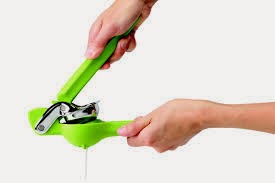 |
| Chef’n hand held lime squeezer |
And then there’s the big honking manual bar juicers. Most actual bars will own a commercial juice press, and popular brands include
Cilio (search through the “Products —> Bar”),
Amco’s OrangeX (I am wondering if I can’t find a direct manufacturer link because the juicers are sold through commercial distributors only??),
Metrokane, and the
Hamilton Beach Commercial Citrus Juicer.
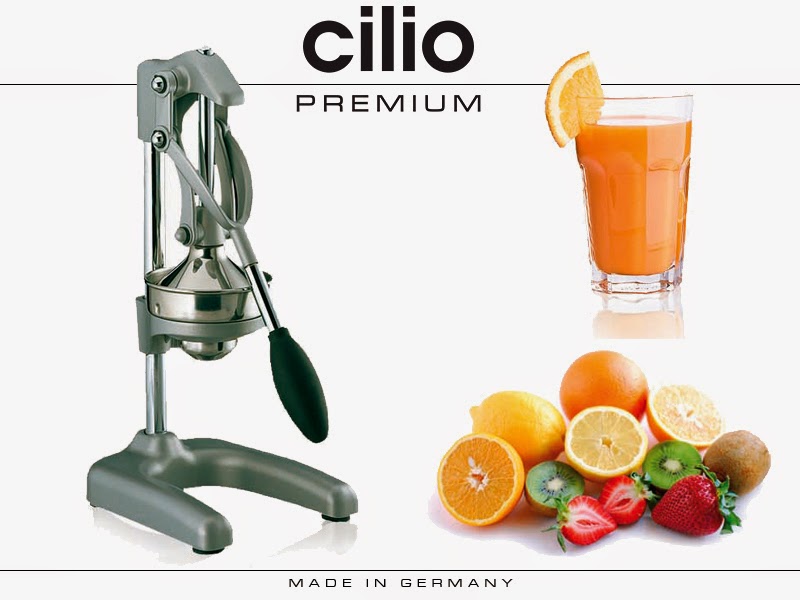 |
| cilio commercial juice press |
Alright guys & gals, I am juicer-ed out! I learned a ton researching this blog – I would have been a WAY better salesperson if I had to write an essay like this about them, haha!. I must admit that in doing all this research that I also feel it’s the most comprehensive thing I’ve seen about juicers online, so take that, internet! 🙂
